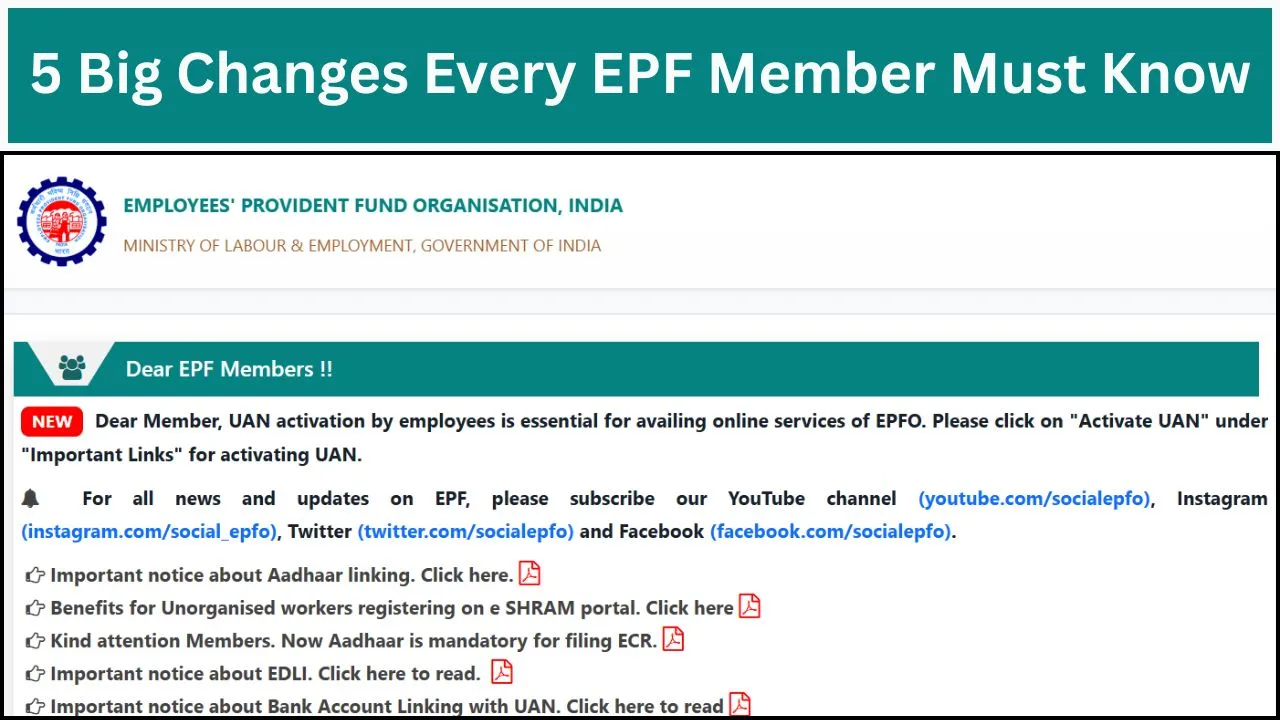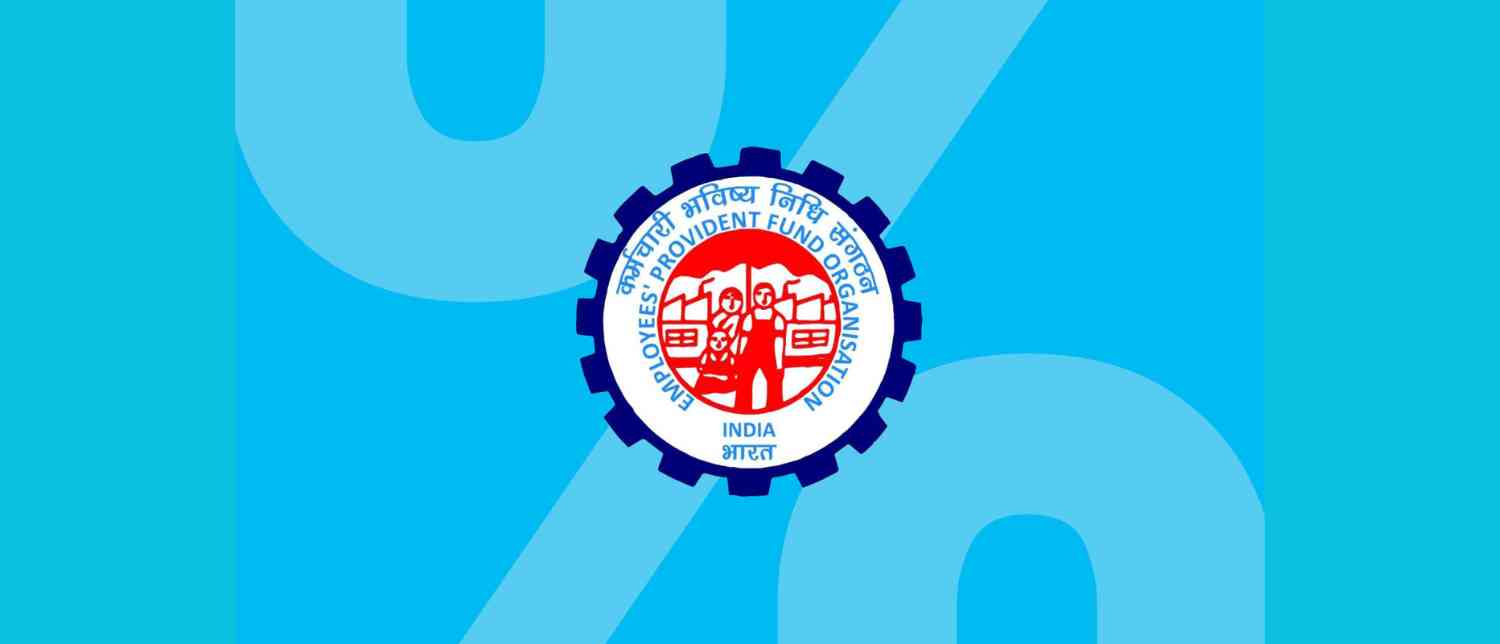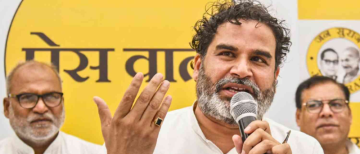In a landmark move benefiting over 30 crore subscribers, the Employees’ Provident Fund Organisation (EPFO) has announced major liberalisations in its withdrawal rules. Members can now withdraw up to 100% of their eligible Provident Fund (PF) balance, a decision hailed as a significant step towards enhancing financial flexibility and improving access to retirement savings.
The announcement came after the 238th meeting of the Central Board of Trustees (CBT) — EPFO’s apex decision-making body — chaired by Union Labour and Employment Minister Mansukh Mandaviya in New Delhi. According to the Labour Ministry, several path-breaking reforms were approved during this meeting, marking one of the most comprehensive overhauls of the EPF Scheme in recent years.

Major changes
1. 100% EPF Withdrawal Now Permitted
Under the revised rules, EPFO members can withdraw up to 100% of their eligible PF balance, which includes both the employee’s and employer’s contributions. This is a major shift from the earlier policy, where full withdrawals were restricted to specific cases such as unemployment or retirement.
Previously, a member could:
-
Withdraw 75% of their PF balance after one month of unemployment.
-
Withdraw the remaining 25% after two months of job loss.
Now, under the new framework:
-
The period for full withdrawals in cases of unemployment has been extended from 2 months to 12 months.
-
For retirement cases, the withdrawal period has been stretched from 2 months to 36 months.
This means employees have a much wider window and greater control over how and when they access their savings, allowing for better financial planning and smoother transitions during career breaks or after retirement.
2. Simplified Rules: 13 Provisions Merged into 3 Categories
To improve the Ease of Living for EPF members, the CBT has merged 13 complex and overlapping withdrawal provisions into a more streamlined, user-friendly structure.
Now, all withdrawals fall under three simplified categories:
-
Essential Needs – covering medical emergencies, education expenses, and marriage.
-
Housing Needs – for buying land, constructing a home, or repaying a housing loan.
-
Special Circumstances – for unforeseen events such as natural calamities, unemployment, or industrial lockouts.
This rationalisation eliminates confusion and makes it much easier for members to understand and access their entitled benefits.
3. Liberalised Limits for Education and Marriage Withdrawals
Earlier, members were allowed only three combined partial withdrawals for marriage and education purposes.
Now, these limits have been significantly liberalised:
-
Education withdrawals: Up to 10 times allowed.
-
Marriage withdrawals: Up to 5 times allowed.
This change is especially beneficial for families managing multiple children’s education or multiple marriage-related expenses over time. It recognises the evolving needs of households and provides financial flexibility without jeopardising long-term savings.
In addition, the minimum service requirement for all types of partial withdrawals has now been reduced to 12 months, making it accessible to a larger pool of relatively new employees.
4. No Explanation Required for Special Circumstances
One of the most frustrating issues faced by EPF members was the requirement to justify the reason for partial withdrawals, particularly under the "special circumstances" category.
Members earlier had to provide supporting documents for situations such as:
-
Natural disasters,
-
Lockouts or closure of the establishment,
-
Extended unemployment, or
-
Outbreaks of epidemics.
These procedural requirements often led to delays or even rejection of claims due to unclear or insufficient documentation.
Now, in a major relief, no explanation or documentation is required for withdrawals under the special circumstances category. This reform ensures faster approvals and more trust-based governance — empowering members to access their funds with dignity and without bureaucratic hurdles.
5. Introduction of a 25% Minimum Balance Rule
While the EPFO has eased access to funds, it has also introduced a safeguard mechanism to ensure members retain a basic retirement corpus.
A new rule now mandates that 25% of the total contributions in a member’s account be maintained as a minimum balance at all times.
This reserved balance will:
-
Continue to earn interest at the current rate of 8.25% per annum,
-
Enjoy compounding benefits, and
-
Help members accumulate a substantial retirement corpus over time.
In essence, while the rule offers greater liquidity, it also preserves the long-term financial security that EPF was originally designed to guarantee.
6. Zero Paperwork and Faster Digital Claims
To further improve member convenience, the EPFO has announced a move towards fully automated claim settlements.
Partial withdrawal claims will now be processed digitally, without the need for any paperwork or physical verification.
This digital-first approach is expected to:
-
Reduce delays in fund disbursement,
-
Minimise errors and inconsistencies, and
-
Ensure real-time tracking of applications through the EPFO portal or mobile app.
With millions of transactions processed each year, automation promises to drastically cut processing times and eliminate the red tape often associated with claim settlements.
7. Extended Periods for Pension Withdrawals
Another crucial change concerns the timelines for final pension settlements.
The waiting period to apply for premature final settlement has been increased from 2 months to 12 months, while the time limit for final pension withdrawals has gone up from 2 months to 36 months.
This adjustment aims to balance short-term liquidity needs with long-term pension protection, ensuring members do not exhaust their savings prematurely while still offering them flexibility in case of genuine requirements.
EPFO’s Vision for the Future: EPFO 3.0 and Vishwas Scheme
Apart from these major withdrawal reforms, the Central Board of Trustees also cleared several forward-looking initiatives aimed at modernising EPFO’s operations and reducing member grievances.
1. Launch of the Vishwas Scheme
The Vishwas Scheme has been approved to reduce litigation and streamline dispute resolution between members, employers, and the EPFO. This initiative seeks to ensure faster settlements, fewer court cases, and a more transparent system of handling grievances.
2. Doorstep Digital Life Certificate Services
EPFO will soon roll out Doorstep Digital Life Certificate (DLC) services for pensioners. This will allow pensioners to digitally verify their life certificates from home, removing the need to visit offices or banks in person — a major convenience, especially for senior citizens.
3. Modernisation Through EPFO 3.0
Under the EPFO 3.0 programme, the organisation is undergoing a technological transformation. This includes:
-
Upgrading backend systems for faster service delivery,
-
Enhancing data security and transparency, and
-
Integrating advanced digital tools to provide a seamless, user-friendly experience to members.
These initiatives, combined with the new withdrawal and balance retention rules, collectively reflect EPFO’s commitment to making its services simpler, faster, and more accessible in line with India’s Digital Governance goals.
Why These Reforms Matter
The new EPFO rules represent a holistic approach to financial empowerment. They ensure that while employees have greater control over their PF savings, their retirement security is not compromised.
By removing unnecessary restrictions, reducing paperwork, and introducing automation, the EPFO has made accessing provident fund savings far more convenient and transparent. At the same time, measures like the 25% minimum balance rule and extended withdrawal timelines ensure that employees continue to benefit from steady, compounded returns well into their retirement years.
Final Takeaway
The decision to allow 100% PF withdrawal — along with simplified partial withdrawal categories, relaxed limits, and paperless processing — marks a significant milestone in EPFO’s evolution.
For India’s vast workforce, especially those in private employment, these changes bring greater autonomy, reduced bureaucracy, and faster access to funds when they need it most.
With the simultaneous launch of modernisation initiatives like EPFO 3.0 and the Vishwas Scheme, the retirement fund body is clearly moving towards a more member-centric, technology-driven, and flexible system.
As EPFO continues to evolve, members can look forward to a future where managing their PF is not only simpler and faster — but also smarter and more secure.
With inputs from agencies
Image Source: Multiple agencies
© Copyright 2025. All Rights Reserved. Powered by Vygr Media.























